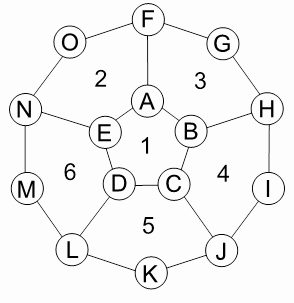Learning From Experience
I recently posted a description in a comment to a blog post of how I handle experience and level gains that I thought I should include on my own site. In considering how to write it, I realized it might be worth exploring a few other models of character development …
